Flour, milk and eggs are important in any confectionery, but much more than ingredients, it is essential to have the right confectionery utensils to do a good (and delicious) job.
And of course you can find this smart list here. In this post, we brought a complete guide with all the confectionery utensils needed to awaken the best baker in you, check it out:
Basic Confectionery Utensils
The basic utensils are those that are important for anyone who wants to make sweets and cakes, whether for their own consumption or for sale. That’s why they need to be at the top of the list. See what they are:
1. Molds and baking sheets
Molds and baking pans are essential items in the life of any professional or amateur baker.
It is on them that you will bake cakes, pies, breads, cookies, among other delights. That’s why it’s also important to have different types of shapes.
Have models rectangular, square, round, with hole in the middle, collapsible, shallow, deep, for cookies and whatever else you think is necessary for your work.
2. Oven
This item may seem a bit obvious, but it’s not. A good oven can be the difference between a successful recipe and a solid cake.
For industrial kitchens there are specific ovens that precisely regulate the temperature and internal heat.
But for an artisan confectionery it is possible to use a conventional gas oven, but it is important to make sure that the oven is distributing heat evenly and that the grids are aligned and straight. When in doubt, call a technician specialized in this type of equipment.
Another oven option is an electric one. For confectionery, this type of oven is very suitable, as it manages to maintain constant temperature and heat.
3. Mixer
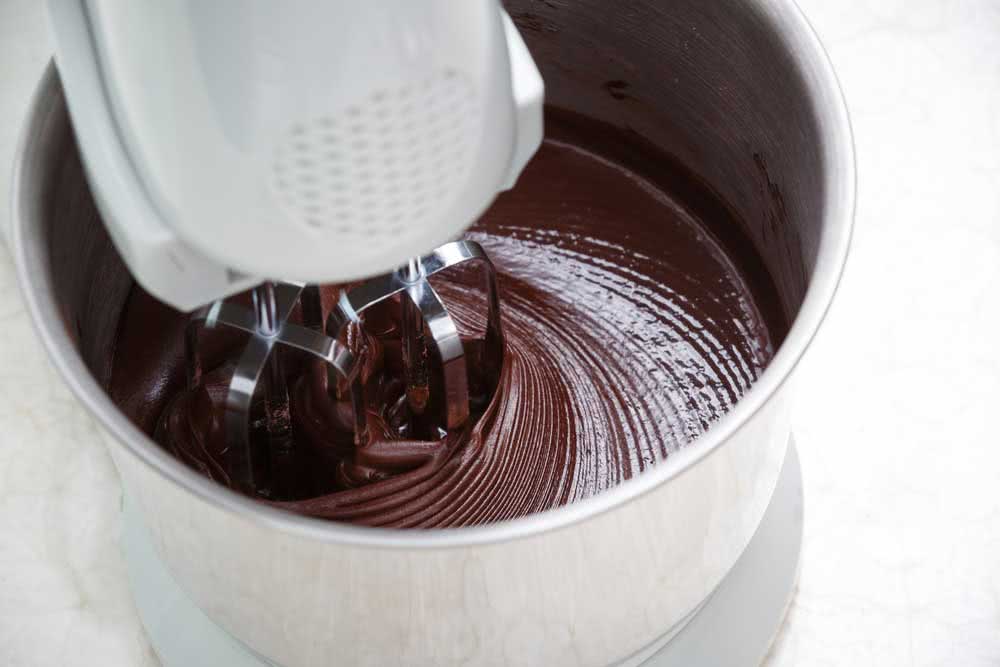
The mixer is used in different recipes, not just cakes. It is used to make toppings such as whipped cream, creams and fillings.
For an amateur confectionery, for their own consumption, it is possible to count on a simple mixer. But if you intend to make cakes and sweets to sell, then the best option is the planetary mixer. In addition to a greater capacity for liquids, it rotates and beats at different speeds resulting in more sandy and soft masses.
4. Blender
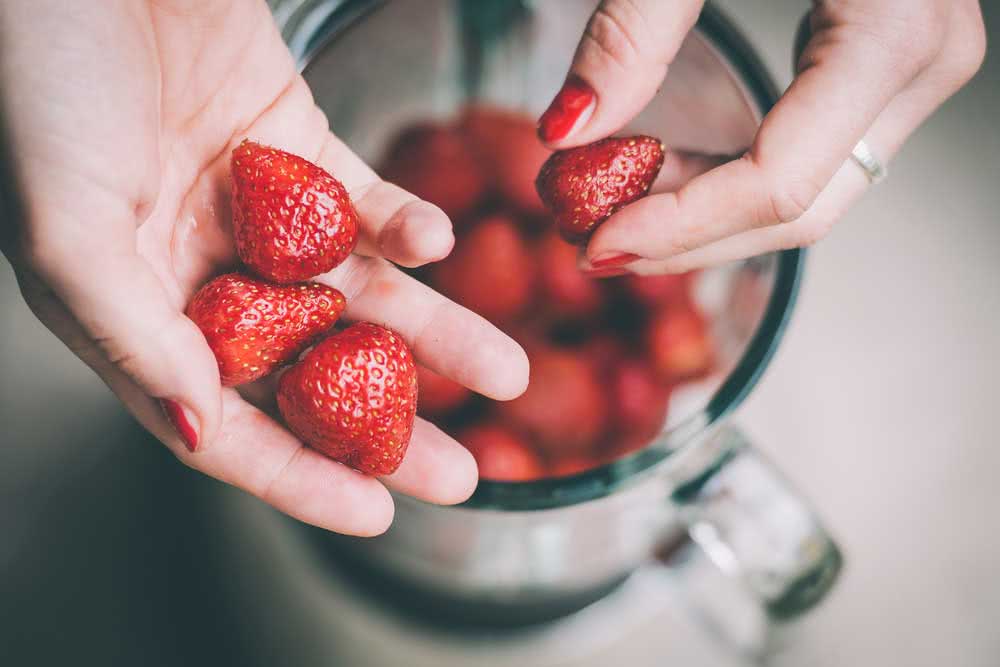
The blender is not as widely used as the mixer, but in some recipes it is the main tool. So don’t waste the equipment in your kitchen.
5. Mixer
The mixer is a more practical type of whisk than a blender and can also be used in the most diverse recipes, especially to mix creams and fillings.
6. Meters
You can’t make a recipe without using meters. They are indispensable. You will need meters that simulate the size of cups and cups, such as tea and coffee cups, in addition to the famous American cup.
It is also important to have meters similar to spoons, such as those for soup, dessert, coffee and tea.
These meters are readily available at home appliance stores in two main versions: silicone and stainless.
7. Scale
Another basic confectionery tool is the scale. In many recipes, ingredients are passed by the gram rather than the cup or scoop measure.
Confectionery scales are small and portable to facilitate the kitchen routine and are generally very cheap.
8. Spatulas
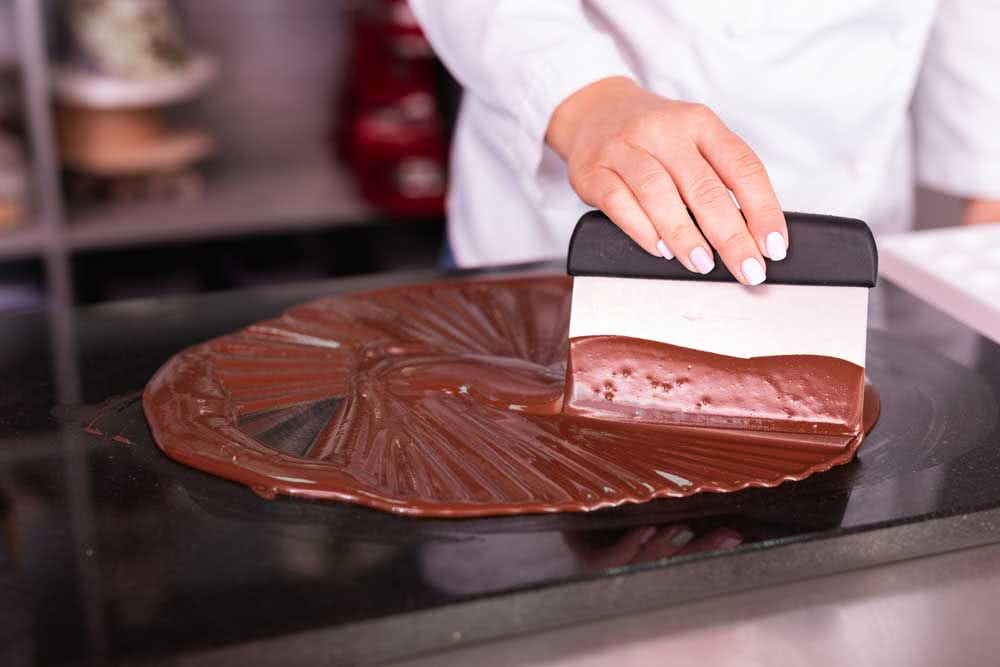
Spatulas are used for several things in confectionery work. With them you stir dough, scrape bowls, place the dough in the mold and smooth out creams, fillings and toppings.
For each function, there is a more suitable type of spatula. For example, the silicone spatula is recommended for stirring and scraping bowls, while the stainless steel or metal spatula is more recommended for spreading fillings and smoothing toppings.
To mix creams on fire, prefer a wooden spatula which, in addition to being resistant, does not heat the handle.
9. Plastic pots
Invest in plastic pots with lids in different sizes and shapes. Pots are indispensable in any kitchen, but in the confectionery they are handy when you need to transfer creams and fillings to the frezzer or refrigerator, or when you need to leave part of the recipe reserved.
Pots are also very useful for storing what’s left of a recipe, so there is no waste in your kitchen.
10. Tracing paper
Biscuits, breads and some cakes need to be baked on sheets of parchment paper. This type of paper is naturally non-stick, that is, you do not need to grease the molds with it, ensuring that your recipes do not stick to the baking sheet.
11. Film paper
Film paper, unlike parchment paper, is used to take preparations to the freezer or refrigerator. This type of paper isolates the recipe from the refrigerator, preventing it from drying out or absorbing odors.
Film paper can even be used to pack candies and cakes in pieces.
12. Packaging and molds
If you intend to produce cakes and sweets to sell, then it is important to purchase the appropriate packaging and molds, in order to guarantee the proper storage, hygiene and transport of the products.
Here, you have two options: buy ready-made packages of standard size and shape, or even make personalized packages with the logo and colors of your bakery. The second option is a little more expensive, but it compensates for the professionalism and added value of the product.
13. Cooling grid
The cooling grid is another important item in confectionery work. It serves, as the name suggests, to help cool cakes and sweets that have just come out of the oven. But, unlike a common cooling process, this grid prevents the formation of moisture in the dough.
14. Sieves
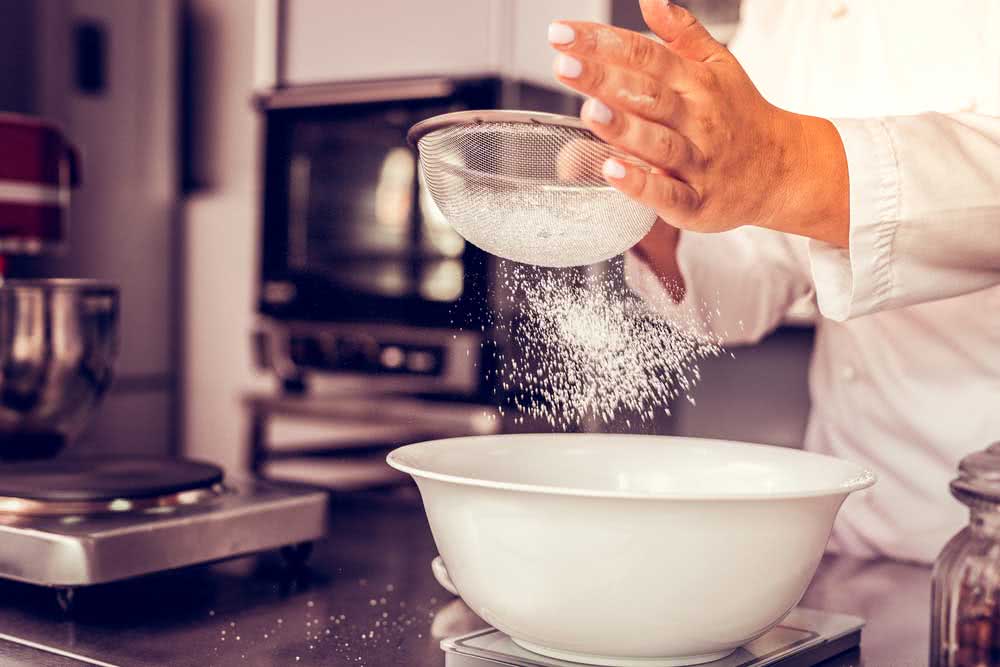
To ensure fluffy and aerated doughs, you need the help of sieves. With them, you sift all the ingredients of the dough, in addition to being able to spread some types of icing, such as powdered chocolate, grated coconut and icing sugar, more easily and evenly.
15. Grater
You know those recipes that call for ingredients like orange, lemon and nutmeg? In these cases you will need a grater.
The item is simple and cheap, so don’t throw it away.
16. Fouet
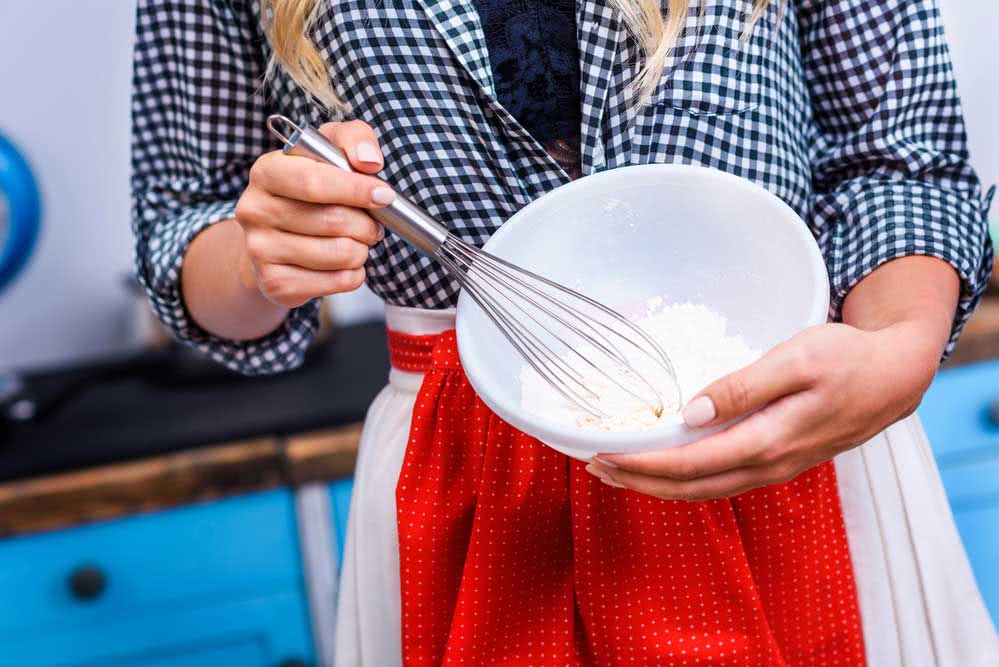
Also known as an egg beater, the fouet is practical and helps to dissolve pellets that may be in the dough. It also helps to give consistency to creams and fillings.
17. Spouts and pastry bag
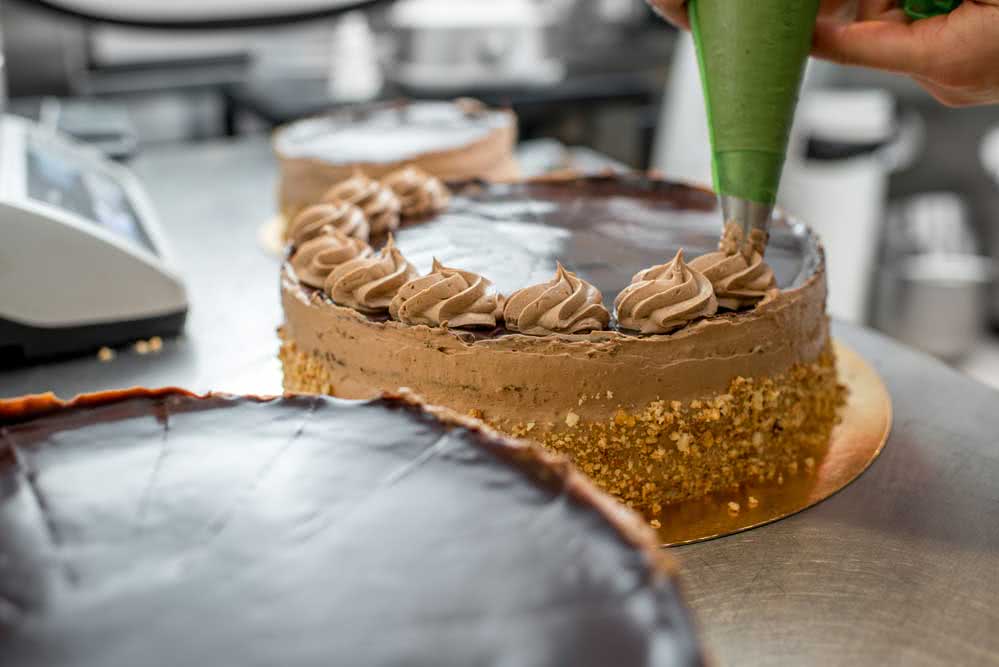
You can’t talk about confectionery without mentioning the spouts and pastry bags. These utensils are essential to guarantee the finishing of cakes, sweet breads and other delights.
There are several types of spouts, among the most common and used are pitanga (open and closed), leaves, shower and ruffles.
18. Bowl
The bowl is a type of round, deep bowl used for beating pasta and mixing creams and fillings. So, don’t miss this tool in your kitchen.
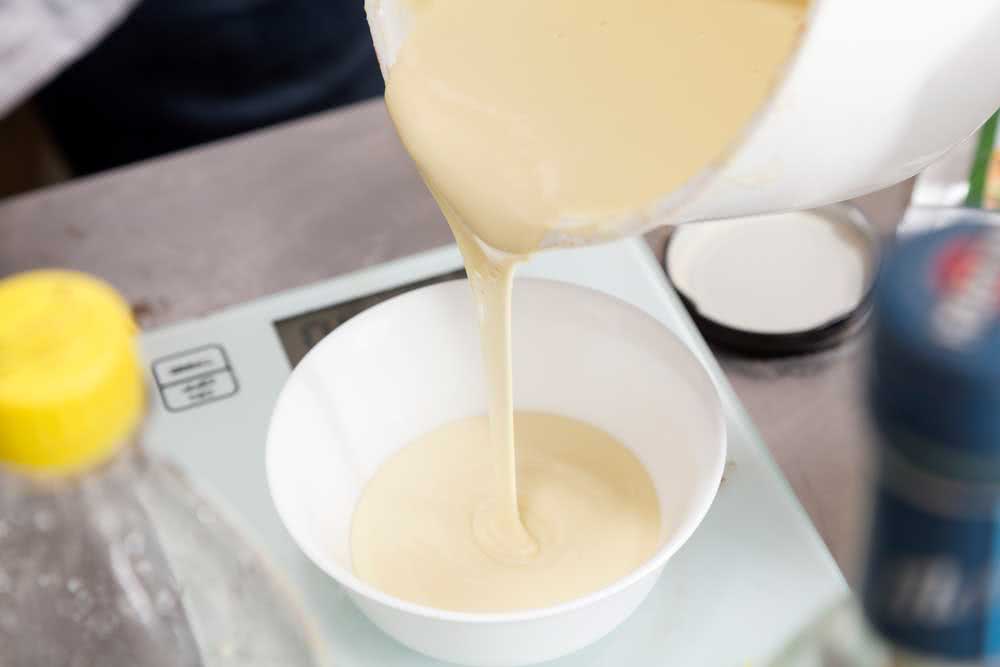
19. Auxiliary utensils
In addition to the basic bakery utensils, there are those that are not that essential, but are very useful depending on the type of work you do. Check it out below:
20. Noodle Roll
The noodle roll, despite its name, is not just for making noodles. This culinary instrument opens pasta in general, as well as American pasta. Therefore, it ends up being very useful if you work with this type of coverage.
21. Ballerina
The ballerina is a type of rotating plate that helps to make cake toppings, rotating and tilting the cake for uniform application of the topping on the sides and top.
22. Thermometer
Some sweets, syrups and fillings need an ideal cooking temperature so they don’t go over hot. And the best way to know this is to use a thermometer.
23. Cutters
To fill a cake you have to cut it first, right? For this, nothing better than a cutter. This instrument allows you to make whole cuts, even and without crushing the cake, making it more beautiful and firm.
24. Dough straightener
Whether it’s time to pour the dough into the pan or to fix the topping, it’s important to have a straightener. This tool can be replaced with a spatula, but if you want a perfect finish, then invest in the right tool.
25. Torch
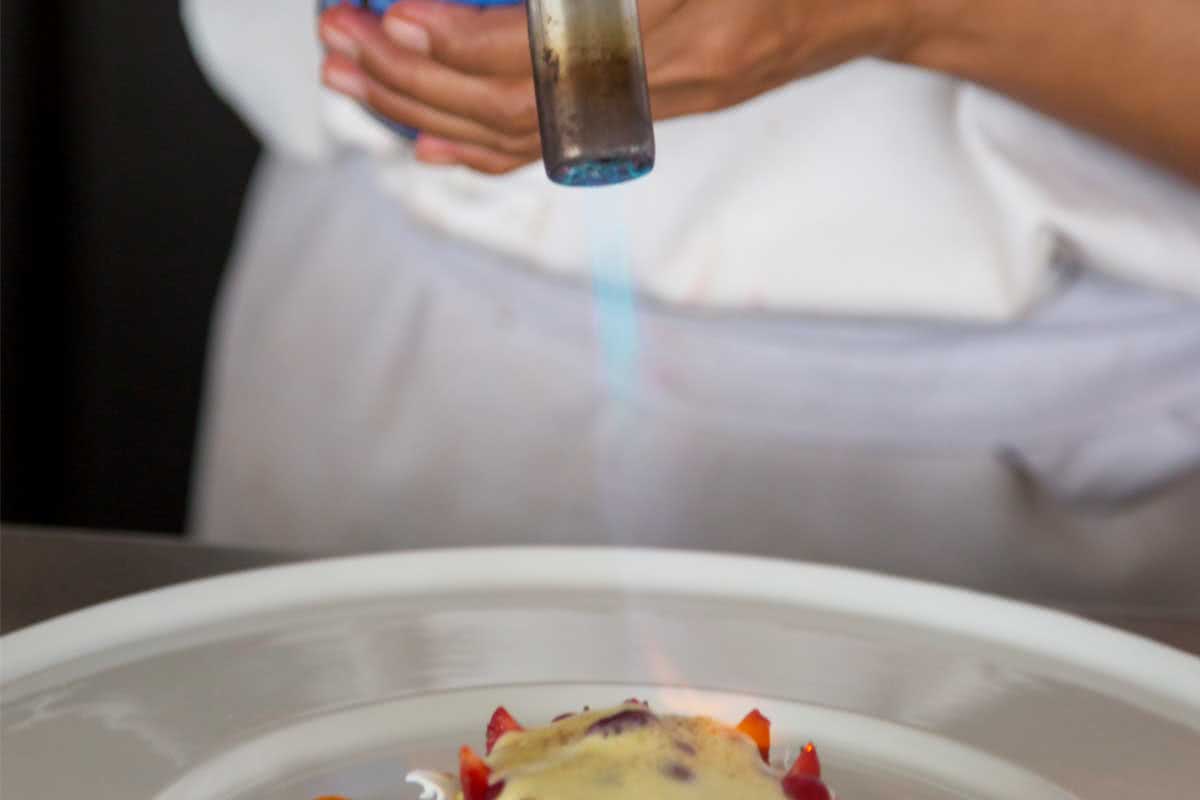
Crunchy and golden cones you get with the help of a blowtorch. This is not a basic accessory, but depending on the type of candy and cake you work on, it’s worth investing in one.
How to take care of confectionery utensils
Do you already know which utensils are essential for your kitchen? Now it’s just a matter of learning how to take care of them properly and make sure they keep for a long time. Here are some tips:
- Stainless steel and metal fittings must be cleaned with running water and neutral detergent. Let them dry well before storing. You can even keep them wrapped in paper towels, so any traces of moisture are eliminated.
- Spatulas, pots and bowls must be properly cleaned and sanitized so as not to accumulate odors. Some preparations that use dyes can stain these utensils, if that happens, reserve these accessories only for the same recipe to avoid contamination.
- Digital utensils, such as scales and thermometers, should be stored in a dry place without direct sunlight.
And then ready to start your confectionery?



